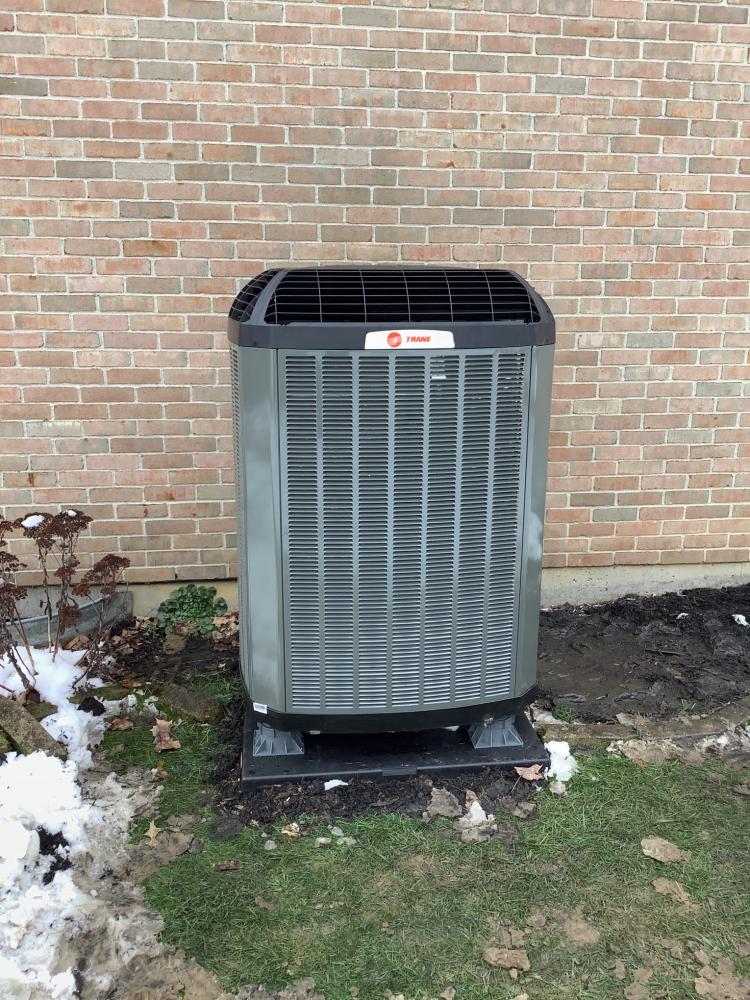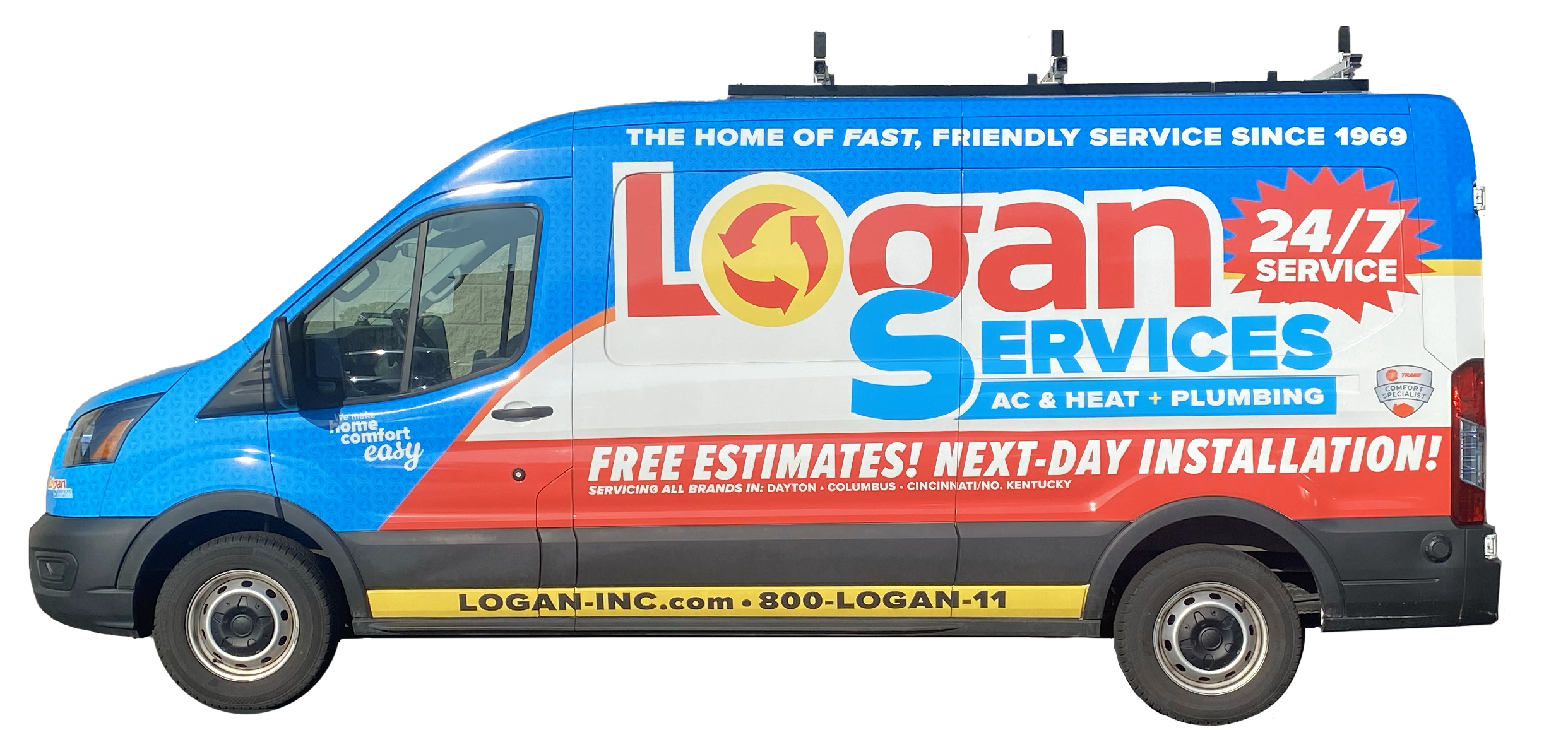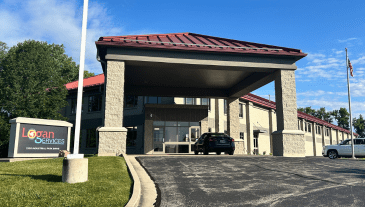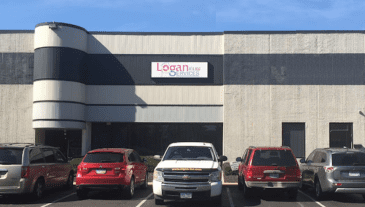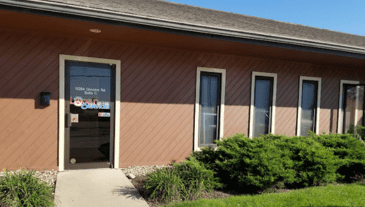What Is A Heat Pump?
A heat pump is an all-electric outdoor HVAC unit that acts as both a heating and cooling system for your home. A heat pump system has the capability of transferring heat energy from the air outside and delivering it to the indoor furnace (either an electric air handler or fuel burning furnace) through a refrigeration process. The air flows over a hot indoor coil powered by electricity. Then, the air flows up through the ductwork to heat your home.
Who is this for?
A heat pump system is a great solution for homeowners in Ohio that are wanting to become more energy efficient by increasing the electrification of their home while lowering their fossil fuel usage. On days where it’s 34 degrees or warmer – a heat pump can be a very efficient way to heat your home. Here in Ohio there are many milder fall/winter days.
In colder climates such as Wisconsin, Michigan, Minnesota, a heat pump system is less common since they lose efficiency as the outdoor temperatures drop. There simply are not enough warm air molecules to hold in frigid outdoor air for transferring heat energy inside.
Heating your home with oil or propane can be incredibly costly. Many homeowners opt to use a heat pump vs. an air conditioner to help heat their homes on milder days where fossil fuel heat isn’t necessary or efficient. This type of heating application can even be used to cut down on the usage of a gas furnace. The system will operate as an air conditioner in the summer months.
3 Types Of Heat Pumps
To get a better understanding of heat pump technology, it’s important to learn that there are several different types available, but not all types feasible for housing locations or budget. Let’s look at a few examples:
1. Air Source Heat Pump
Most residential homes with heat pumps are using air source heat pumps. Logan Services specializes in air source heat pumps in residential applications.
2. Ground Source Heat Pump
This system is also known as a geothermal heat pump. Ground source heat pumps extract heat from a looped system in the ground in a pond or in a river. The water travels through the loop and absorbs the heat to bring back into the home. The hot air is dispersed through an air handler which is attached to ductwork. The geothermal heat pumps cost about three times the cost of an air source system.
3. Water Source Heat Pump
This type of heat pump application is a hydronic heating source. In Ohio these are not popular options in urban locations. Rather than refrigerant, water is used to absorb heat which is sent to an indoor coil. The air blows across the coil through the duct system and heats the home.
Important Components Of A Heat Pump System
A heat pump system will include many parts that are vital to the system’s health. Here are a couple of main components that need to be considered:
Outdoor Unit
This outdoor unit is commonly referred to as the compressor. It holds the brains of the system as it directs the flow of refrigerant and works as an engine for the heat pump. The outdoor unit holds an outdoor coil and a fan motor. The reversing valve is also located outside. This is the important part which tells the system whether it should generate heat or cooling.
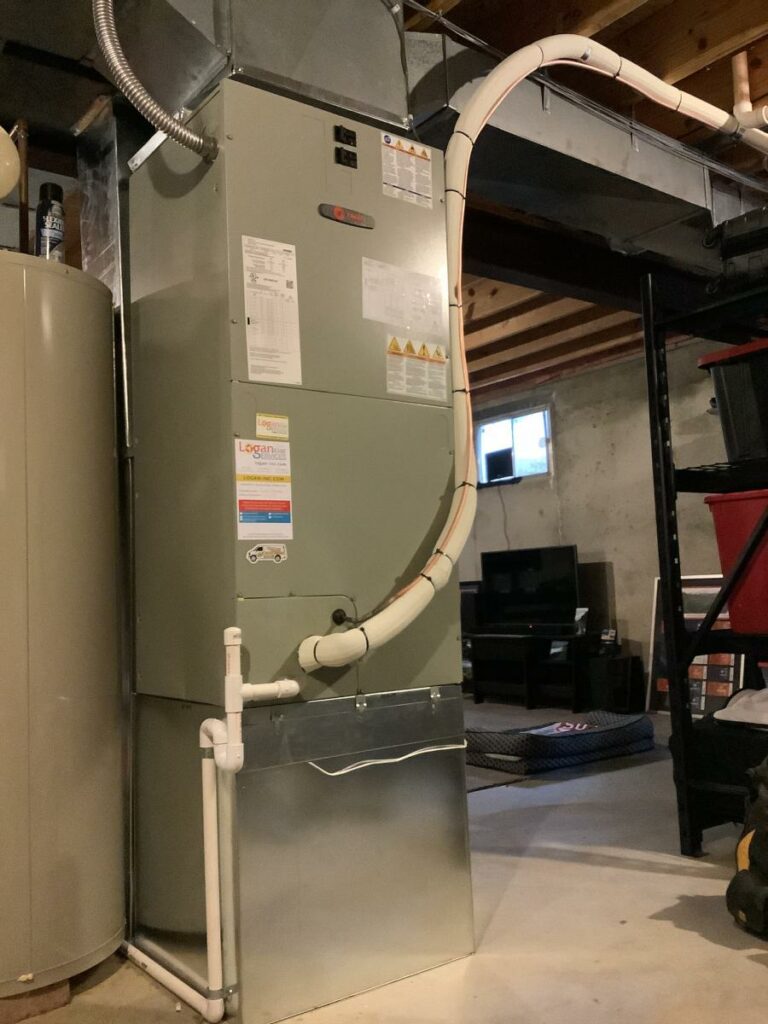
Indoor Unit
The indoor unit is either a furnace or an air handler, which is an electric furnace. The most important part of an indoor unit is the blower. If the blower is not functional, you have no heat. The indoor coil is situated within the heating system. It warms refrigerant which heats up the air. Last, the indoor unit includes a heat bank which adds supplemental backup heat. The heat bank is only used when the heat pump can adequately heat the home on its own from the outdoor air.
Refrigerant
The old refrigerant in a heat pump system was called Freon, which is R-22. The new refrigerant today is referred to as Puron or 4-10A. Don’t let the names confuse you; they are both forms of refrigerant. The refrigerant absorbs heat and then releases it into the air.
Compressor
The compressor is in the outdoor unit. It compresses the refrigerant for the system while moving the refrigerant through the system. You must have a cold indoor coil to absorb and remove heat in the summertime. You must have a warm indoor coil to provide heat in the wintertime. The compressor makes it happen.
Reversing Valve
This part simply switches the direction of the refrigerant. The reversing valve directs the system as to whether indoor or outdoor coil needs to absorb the heat.
Expansion Valve
An expansion valve on a heat pump is what throttles the proper amount of refrigerant into the coil to allow the refrigerant process to happen. It assists with the removal or addition of heat at any time.
How Does A Heat Pump Work?
A heat pump system can both heat and cool your house. To meet the heating and cooling requirements that are directed by the settings on the thermostat all components must work together. Here is a brief description of how the process takes place:
How Does a Heat Pump Work – Cooling Mode
An air conditioner removes heat/humidity from the inside and transfers it to the outdoors. That’s why you may feel heat coming off an air conditioner in the summertime. The heat pump works the same way in the summertime. As a cooling system, the heat pump will reverse its refrigerant cycle through the reversing valve. Heat will be grabbed from within the house and released into the outdoors.
The indoor coil will remove heat energy and humidity from the home. The heat energy is sent outside to be released from the home and the system from the outdoor unit.
How Does a Heat Pump Work – Heating Mode
As a heat pump works, it has the capability to attract hot air molecules and transfer heat energy from the outdoor air to the inside of your home. This hot air is transferred to the indoor air handler through a refrigeration process. The system sends air over a hot indoor coil powered by electric. (This is similar to how electric resistance heaters work.) That air is then pushed through the ductwork of your home to condition each room.
How To Pick The Right Size Heat Pump For Your Home
There is much information to learn when selecting a system for your home. When deciding on which heat pump manufacturers make the right heat pump system for your home, consider these factors:
Size (Capacity)
You may think a heat pump that is bigger for your home would be a good way to secure enough heat for everyone to feel comfortable, however, in truth, it’s a terrible waste of electricity and will likely lead to larger, unnecessary energy bills.
A heat pump that is too small will not generate heat energy for the capacity of your home. A heat pump operating all the time will just cause a lot of wear and tear. Smaller sized systems usually don’t last long due to excessive usage.
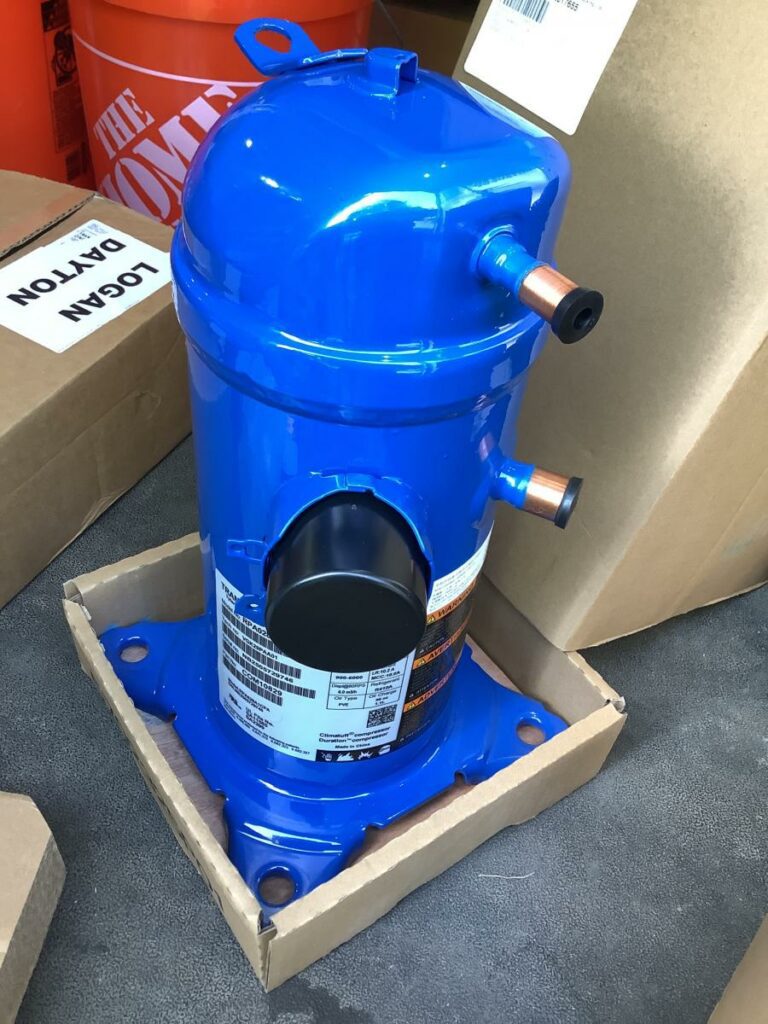
Compressor Type
Heat pump technology has come a long way. Logan Services offers two-stage systems. A two-stage starts out at 70% of its capacity while running for 10 minutes. If it satisfies your thermostat you’ve used 30% less energy at a much higher efficiency than your old outdated single stage system which uses 100% capacity all of the time. If the two-speed heat pump doesn’t satisfy your thermostat due to extreme temperature load (colder temps or warmer temps outside), it will run as a single stage (but still a higher efficiency) to satisfy your thermostat.
Logan Services also offers multi-stage systems that operate from 45-100% energy usage only providing you the exact amount of heat energy that you need at any given time.
Efficiency
Seasonal Energy Efficiency Ratio (SEER) should be examined when selecting a new system. The higher the SEER rating, the more efficient the system will work in cooling mode. The lower the SEER rating, the less energy efficient the heat pump will operate when conditioning your home.
Heat energy is measured in HSFP or heating seasonal performance factor. An HSPF will show you how efficient your heat pump will heat your home.
Climate Performance
In Ohio, heat pumps paired with natural gas, propane, or oil furnaces will certainly allow for a reduction of fossil fuel energy usage on cold days that are milder. In fact, the most efficient heat pump will do a good job of heating the home when the outdoor temperature is higher than 35 degrees.
Two-stage or multi-stage heat pumps will wring out more humidity in the summer than a traditional single-stage heat pump or signal stage air conditioner.
Noise
Generally, heat pumps are quieter than air conditioners, but if you come across a noisy heat pump, it’s best to get a service call to find out what could be making the noise. Avoiding noise problems will only lead to costly repairs in the long run.
Reliability
Trane has built its name on manufacturing energy efficient, reliable, durable heating and cooling units. All Trane models are tested at the Systems Extreme Environmental Testing (SEET) facility at the Trane headquarters in Tyler, TX before mass production begins.
Heat pump reliability is sustained through annual maintenance, which may allow for longer lifespan of the system.
Are you ready to learn which heat pump may work best for your home and budget? Call us now to schedule a FREE in-home estimate and start feeling comfortable now!

